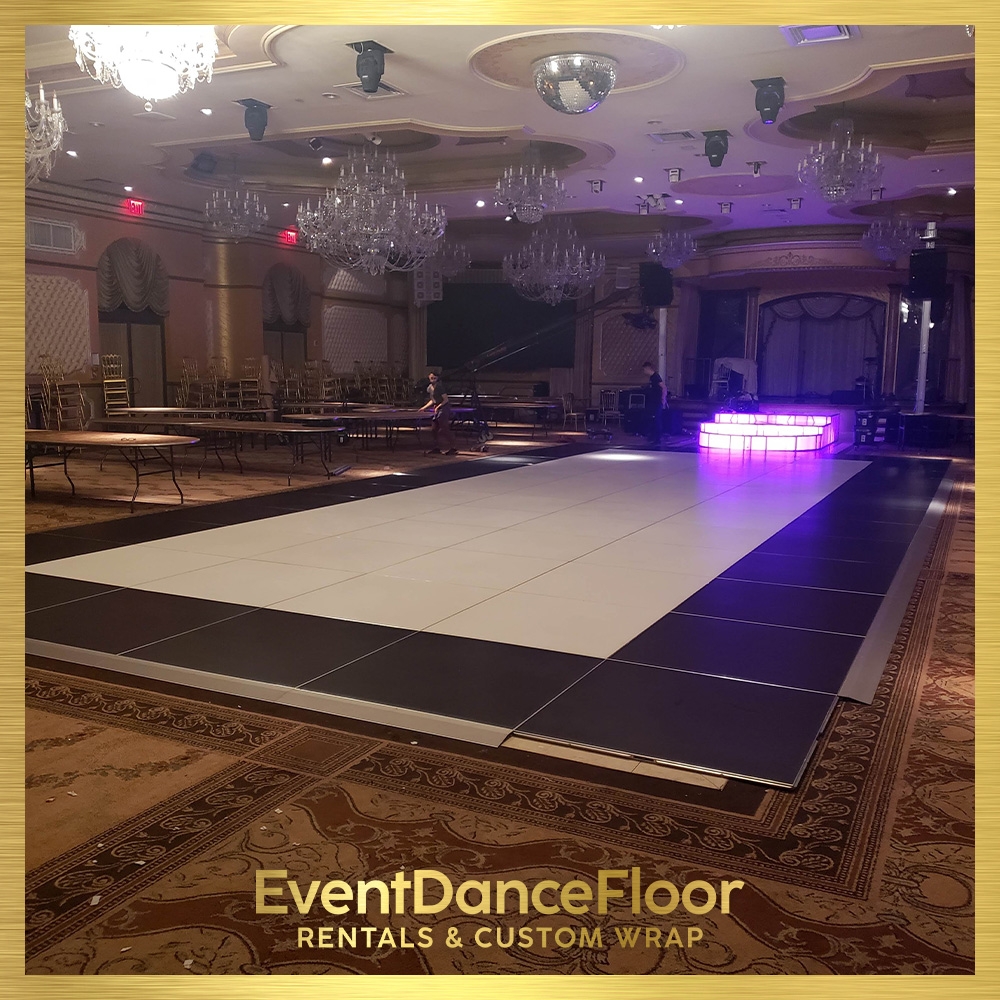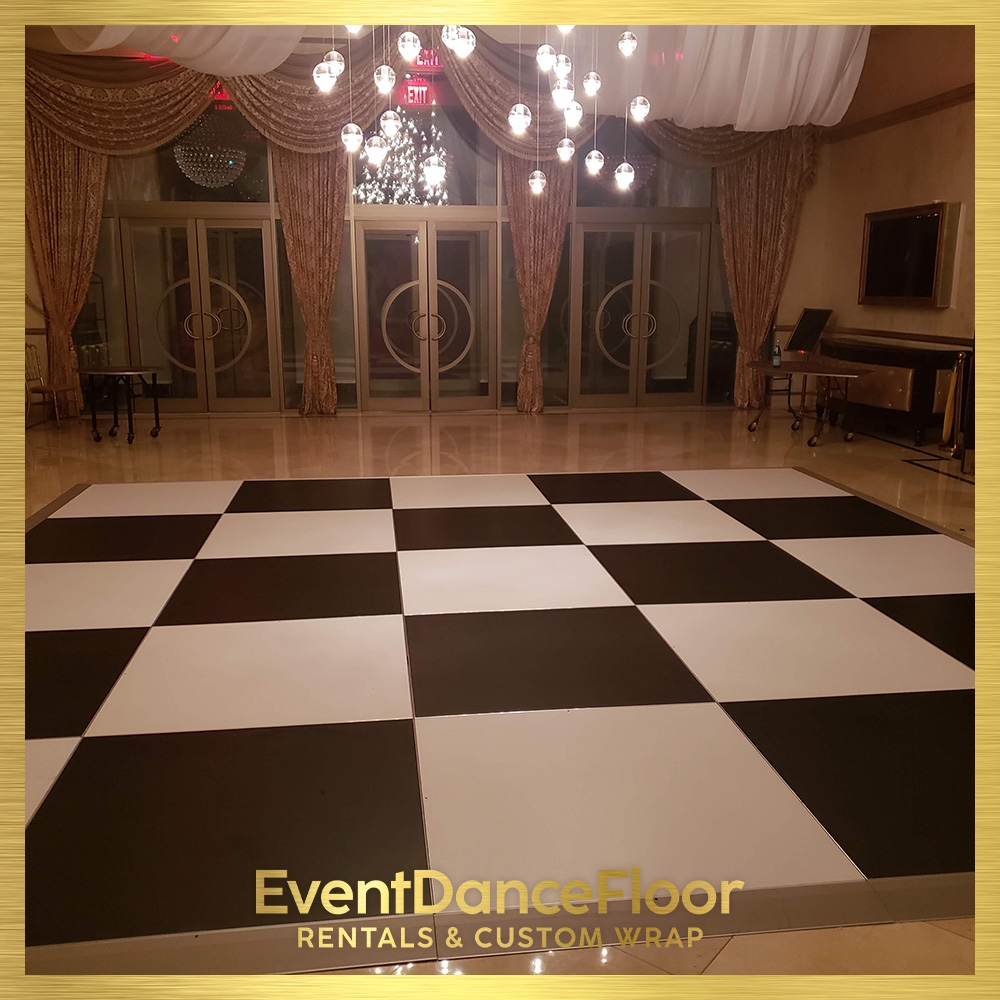Smart Lighting Synchronization Systems
How does a smart lighting synchronization system utilize IoT technology to control multiple light fixtures simultaneously?
A smart lighting synchronization system utilizes IoT technology by connecting multiple light fixtures to a central control system through wireless communication protocols. This allows for the synchronization of light levels, colors, and patterns across different fixtures simultaneously. By leveraging IoT technology, the system can be easily managed and controlled remotely, enabling users to adjust settings and create customized lighting scenes with ease.
Dance Floor Technology and Innovation
Responsive Sound-Reactive Dance Floors







